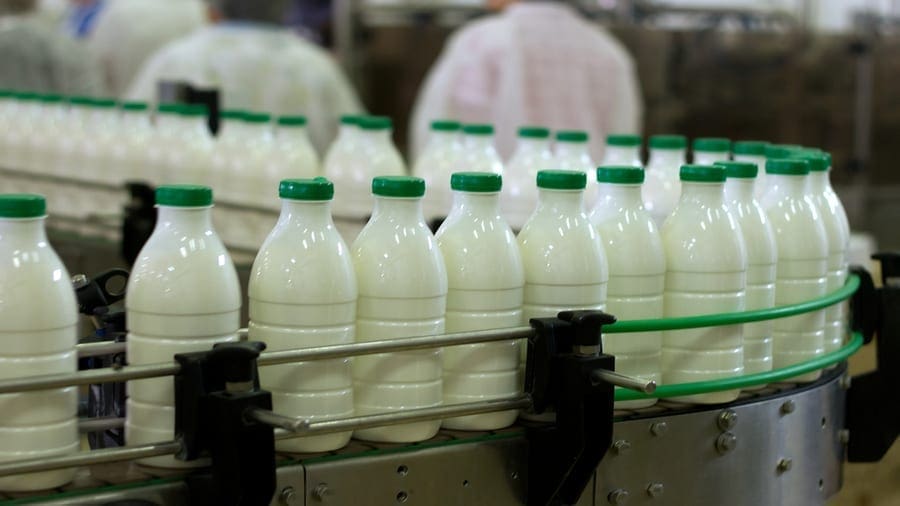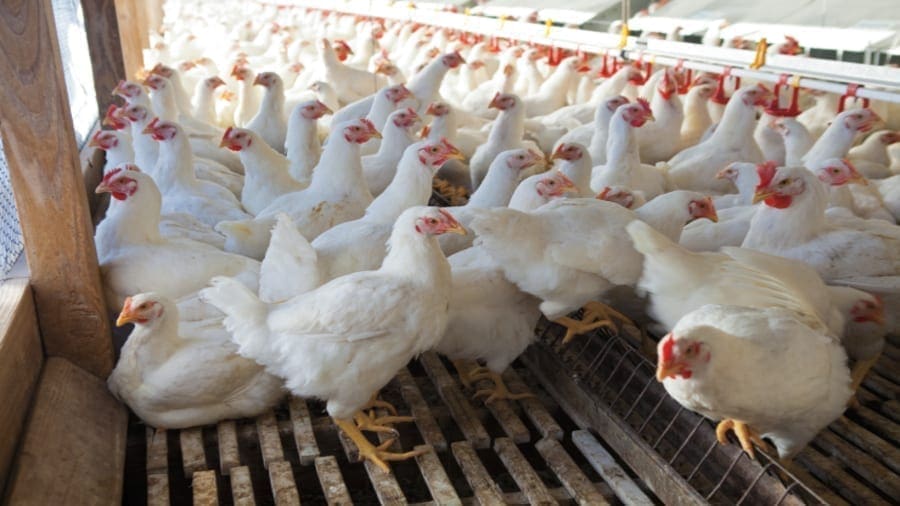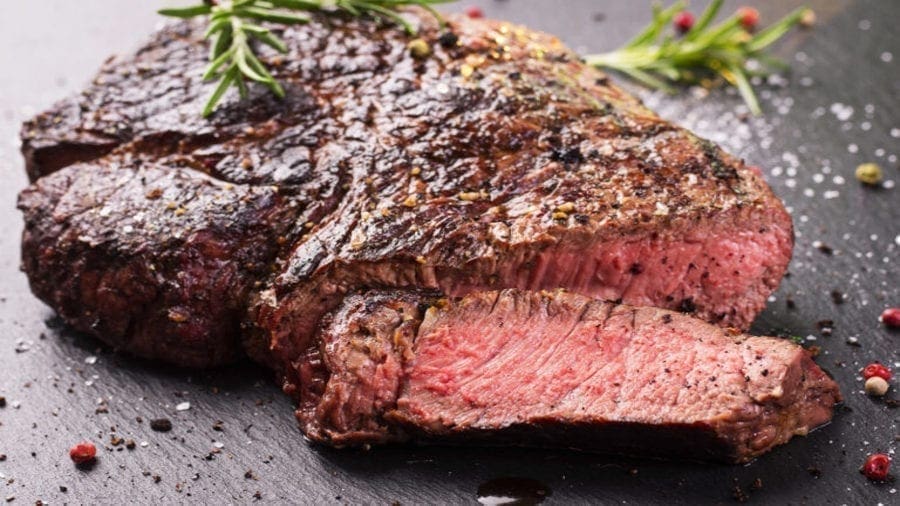INDIA – Despite recording a 10% compound annual growth rate (CAGR) in the past decade, the dairy industry in India is projected to register flat revenue growth this year due to weak sales that have been aggravated by the Covid-19 pandemic-driven lockdown.
This is according to a June report by research and analytics firm, Crisil, which says that the flat sales will be majorly as a result of weak sales of value-added products (VAP).
According to the report’s projections, sales of VAP like ice cream, cheese, flavoured milk, curd and yoghurt among others, which are more profitable than liquid milk and account for over a third of the organised dairy sector’s revenue, are expected to decline by 2-3% this fiscal and further reduce operating profitability by as much as 50-75 basis points (bps).
Crisil further noted that in the current fiscal year, a build-up of inventory – on account of surplus milk being converted to skimmed milk powder (SMP) and unsold VAP inventory – will increase the working capital needs of dairies and test the liquidity of mid-sized ones (revenue below Rs 500 crore (US$65 million)).
The analysis, which is based on analysis of 65 CRISIL-rated dairies that account for slightly more than two-thirds of the Rs 1.5 lakh crore revenue of the organised dairy segment, assumes a return to normalcy in the second quarter.
Crisil indicates the two-month-long closure of hotels and restaurants because of the nationwide lockdown halted institutional VAP sales, which account for almost 20% of the organised dairy segment’s revenue.
Moreover, logistical challenges and apprehensions about consuming cold products (ice creams, flavoured milk and yoghurt) during the pandemic is impacting sales in the first quarter, which is the peak-demand season.
However, steady liquid milk sales, comprising two-thirds of total industry sales, are projected to prevent a bigger fall in revenue since the lockdown has not affected the supply of milk as an essential product. It is therefore estimated that milk sales should rise 3-4% this fiscal.
“Steady demand for milk and higher VAP prices (hiked 10% in the second half of last fiscal) will help partially offset lower VAP volume, and arrest any decline in the dairy sector’s revenue. Further softer input prices will provide some respite and limit the fall in operating profitability to 50-75 basis points,” said Sameer Charania, Director, CRISIL Ratings.
Notably, the flush season running from October to March, which sees higher production, was extended by a couple of months leading to oversupply of milk in April and May.
Consequently, dairies, especially cooperatives that are better off in terms of liquidity and working capital, have converted such excess milk into SMP. Crisil says that the upshot will be that year-end inventory that could rise 14% after dropping sharply in March 2020, resulting in higher working capital needs.
“While dairies reduce capital spending, tapered cash flows stemming from lower sales and higher working capital requirement will jack up short-term borrowings by ~20% this fiscal. While large dairies have better liquidity, mid-sized ones would feel the squeeze,” says Rahul Guha, Director, CRISIL Ratings.
Given higher debt and lower operating profitability, the company estimates that the average interest coverage ratio of the 65 CRISIL-rated dairies will touch a five-year low of approximately 4 times this fiscal while moderately leveraged balance sheets will help absorb the drop in profitability and increased working capital debt.
Looking ahead, inherent sectoral resilience is projected to ensure faster recovery in fiscal 2022, assuming the pandemic abates. Crisil observes that the duration of the pandemic, liquidity management and revival in VAP sales will be the monitorables in the road ahead.
Liked this article? Subscribe to Food Business Africa News, our regular email newsletters with the latest news insights from Africa and the World’s food and agro industry. SUBSCRIBE HERE










